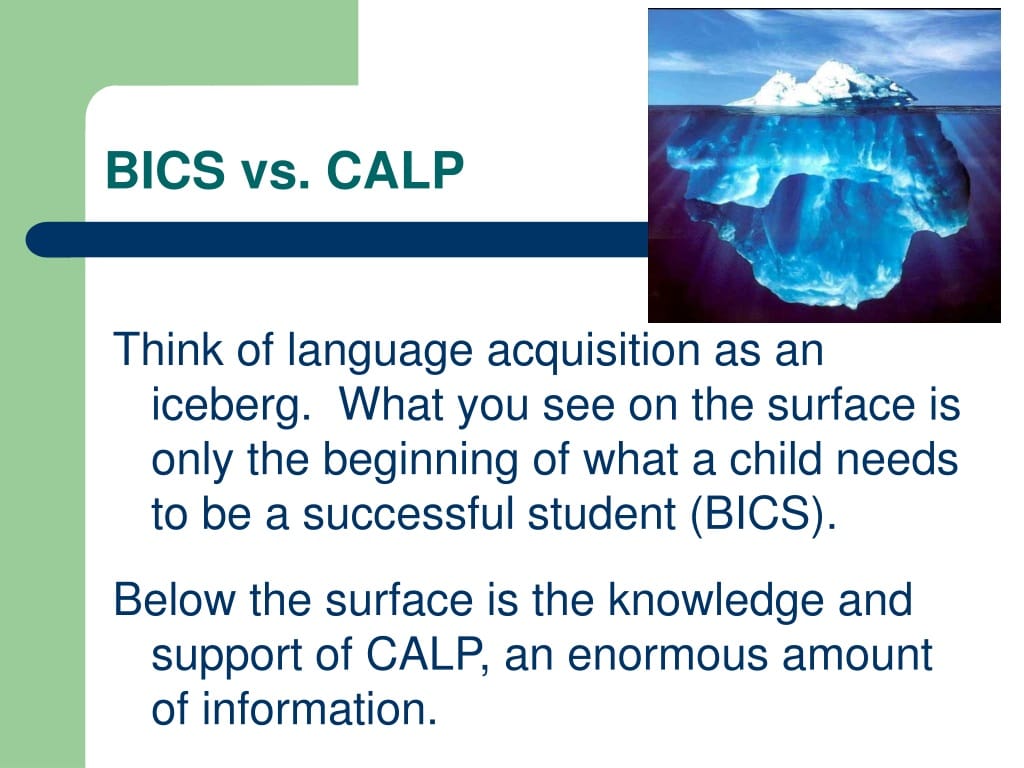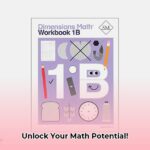Understanding Basic Interpersonal Communication Skills (BICS) and Cognitive Academic Language Proficiency (CALP) is crucial for effectively teaching English Language Learners (ELLs). This guide explains the differences between social and academic language and how these differences impact learning. By understanding these concepts, educators can create targeted instruction to support ELLs’ success in all learning environments.
BICS: Everyday Language Skills
Imagine learning a new language. Ordering coffee, asking for directions, or chatting with a friend comes fairly quickly. These are examples of BICS—the language of everyday life. BICS develops relatively rapidly because it’s used frequently in real-world contexts, often with visual and social cues. It’s like learning to ride a bike: practice and immersion make it almost automatic. Ace your nursing exams with the ATI Pharmacology Proctored Exam 2023, the ultimate study guide for success. Enhance your preparation further with the ATI Comprehensive Predictor 2023, an essential tool to gauge your readiness.
BICS in the Classroom
In the classroom, BICS might look like:
- Participating in casual conversations
- Understanding simple instructions
- Telling stories
- Playing games with classmates
CALP: Academic Language Proficiency
Now imagine writing a research paper or understanding a complex lecture in that new language. This requires CALP—the formal language of academics. CALP involves specialized vocabulary, complex grammar, and abstract thinking. It takes much longer to develop, like learning a musical instrument, requiring dedicated practice and instruction.
CALP in the Classroom
CALP is essential for academic success and might involve:
- Analyzing literature
- Debating complex issues
- Writing essays and research papers
- Understanding scientific concepts
Why BICS and CALP Matter
Understanding the difference between BICS and CALP is crucial for educators. Conversational fluency (BICS) doesn’t equal academic proficiency (CALP). A student might chat easily with peers yet struggle with a science textbook. This is the BICS-CALP gap, a critical consideration for ELL instruction. Recognizing this gap helps educators set realistic expectations and tailor support to meet each student’s unique needs.
Addressing Misconceptions
Two common misconceptions about BICS and CALP are:
- Assuming BICS proficiency means CALP proficiency: Just because a student can communicate socially doesn’t mean they’re ready for academic challenges.
- Believing all ELLs develop CALP at the same rate: Language acquisition varies; some students require more time and support.
It’s also important to remember that language acquisition research is ongoing. Our understanding of BICS and CALP is likely to evolve. Some experts believe that the distinction between them may be less clear-cut than we previously thought, suggesting other contributing factors.
BICS and CALP in Action
Effective instruction addresses both BICS and CALP. For example, a teacher might use vocabulary games to build everyday conversational skills (BICS) while incorporating real-world reading materials. Simultaneously, they would introduce academic vocabulary (CALP) gradually, using graphic organizers, sentence starters, and collaborative activities to scaffold learning.
Putting it All Together: Key Points
- BICS (Basic Interpersonal Communication Skills): Used for social interaction; develops relatively quickly.
- CALP (Cognitive Academic Language Proficiency): Needed for academic success; takes longer to develop.
- The BICS-CALP gap: Conversational fluency does not equal academic proficiency.
- Effective instruction: Address both BICS and CALP, providing scaffolding and support for CALP development.
- Ongoing research: Current understanding is likely to evolve as researchers explore the complexities of language acquisition.
What is CALP and BICS?
Let’s delve deeper into BICS and CALP. These concepts are essential for understanding how students learn language, especially in educational settings.
BICS: The Language of Everyday Life
BICS is the language used for everyday communication, such as chatting with friends, ordering food, or asking for directions. Because it’s used frequently in context-rich environments, BICS typically develops relatively quickly.
CALP: The Language of Academics
CALP is the language required for academic success. It involves understanding and using complex vocabulary, grammar, and text structures found in textbooks, lectures, and academic assignments. CALP development takes significantly longer due to its abstract nature and the cognitive demands it places on learners.
The BICS-CALP Gap: A Common Challenge
The BICS-CALP gap describes the phenomenon where a student might appear fluent in everyday conversation (BICS) but struggles with academic language (CALP). This can lead to misunderstandings about a student’s overall language abilities. It’s important to recognize that a student who can communicate effectively in social situations may still need significant support to develop the academic language necessary for success in school.
Strategies for CALP Development
Several strategies can support CALP development:
- Explicit vocabulary instruction: Directly teaching academic vocabulary, exploring word meanings, and using them in context.
- Scaffolding: Providing temporary supports like sentence starters, graphic organizers, and simplified texts.
- Higher-order thinking activities: Engaging students in analysis, evaluation, and synthesis of information.
What is an Example of BICS?
BICS is the language of everyday interactions. Think of situations where you’re communicating informally, such as:
- Ordering coffee at a cafe.
- Asking a friend about their weekend.
- Giving someone directions.
- Chatting with classmates during break time.
These examples highlight the informal and context-rich nature of BICS. Non-verbal cues, like gestures and facial expressions, often play a significant role in these interactions.
BICS vs. CALP: A Key Distinction
While BICS develops relatively quickly, CALP takes considerably longer. This is partly because academic language is more abstract and less frequently encountered in everyday life. Recognizing this distinction helps educators understand why a student might be proficient in social conversations but still struggle with academic tasks. Ongoing research suggests that BICS can serve as a foundation for CALP development, acting as a stepping stone to more complex language skills.
What is an Example of CALP?
CALP is the language of academic learning. It’s the language you need to understand textbooks, write essays, participate in class discussions, and succeed in academic assessments. Some examples of CALP in action include:
- Analyzing a historical document: Interpreting complex language, identifying biases, and drawing conclusions.
- Writing a lab report: Using scientific terminology, explaining procedures, and presenting data.
- Debating a complex issue: Constructing arguments, supporting claims with evidence, and using persuasive language.
- Solving a multi-step math problem: Understanding the problem, applying mathematical concepts, and explaining the solution.
These examples demonstrate the higher-order thinking skills and specialized vocabulary associated with CALP. It’s important to note that CALP development is not simply a matter of time; it requires explicit instruction and ongoing support. While there may be debate about specific approaches to CALP development, its importance in academic success remains widely acknowledged.













1 thought on “Understanding BICS and CALP: A Guide for Educators of English Language Learners”
Comments are closed.